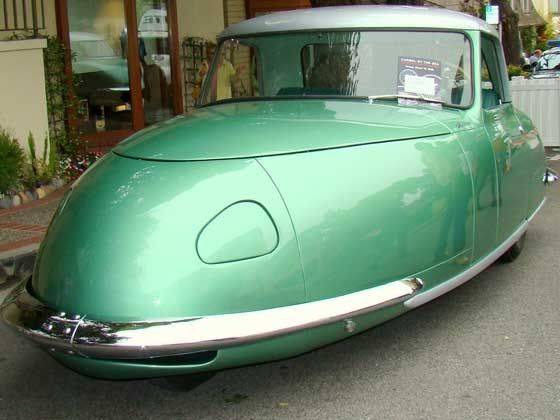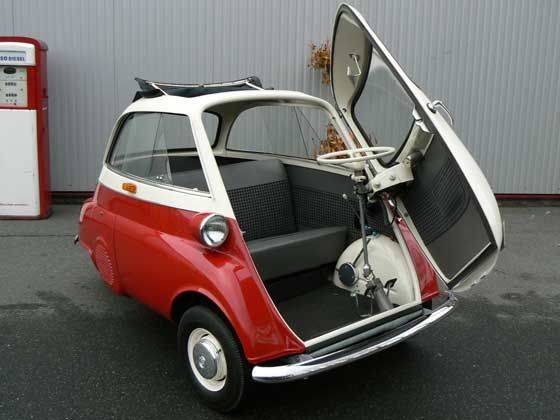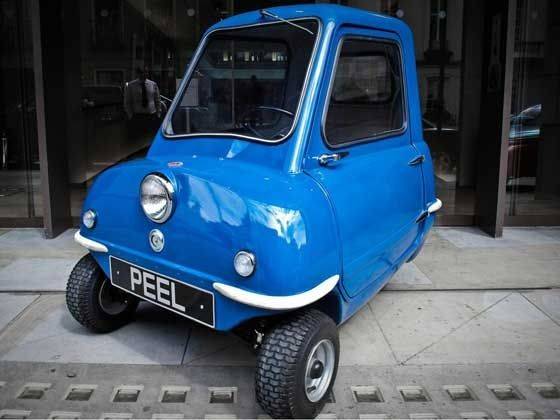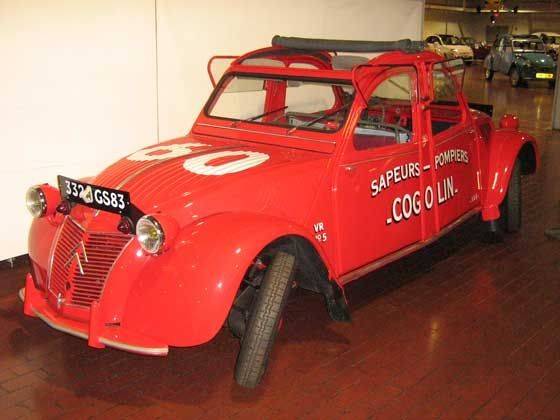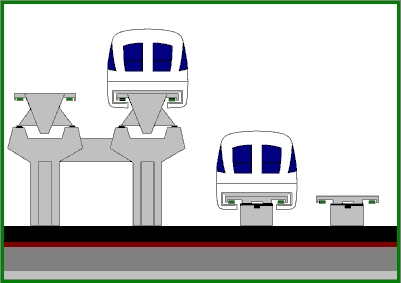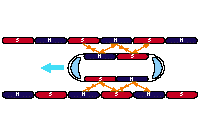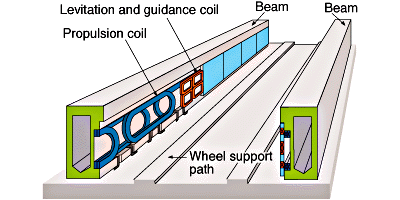Carlos Slim Helu
First on the list is Carlos Slim Helu, currently ranked by Forbes as the richest man in the world and worth about $69 billion. When the Mexican telecom tycoon needs to get from point A to point B he hops inside his Bentley Continental Flying Spur, worth a measly $300,000.

Back in 1999, then-president Bill Clinton signed into law the “Show and Display” rule, which made certain highly collectible cars exempt from government safety and crash regulations. Gearhead Gates and other car nuts were more than influential in getting the law passed. This allowed Gates the freedom to drive his $225,000 Porsche 959 on the road.

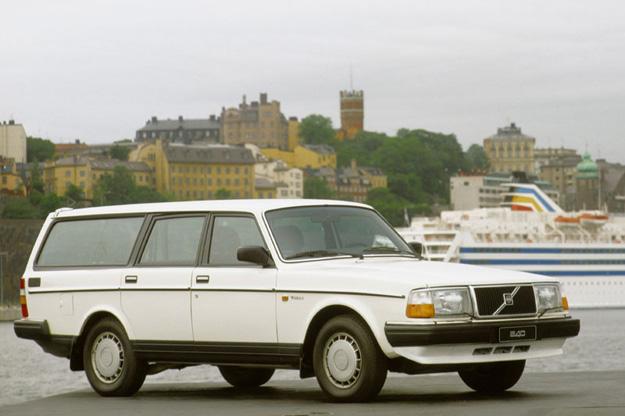
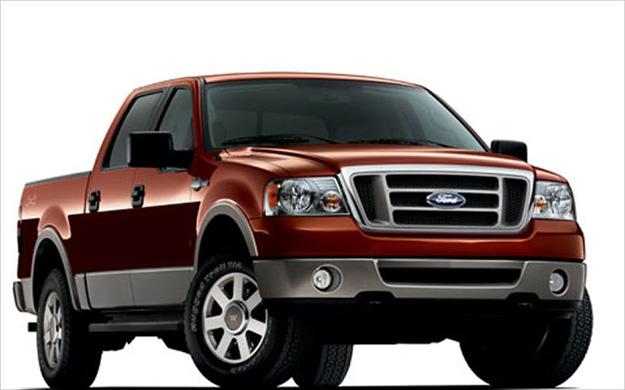

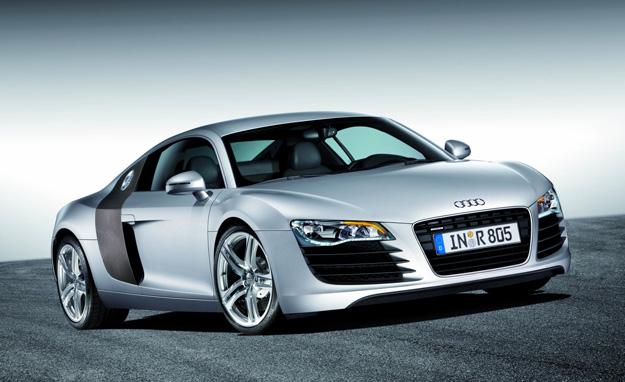
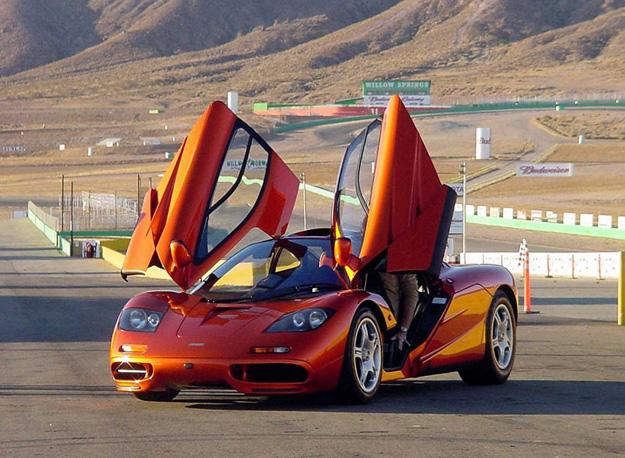
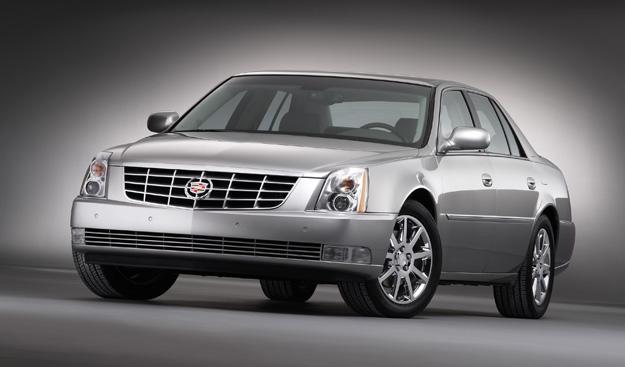

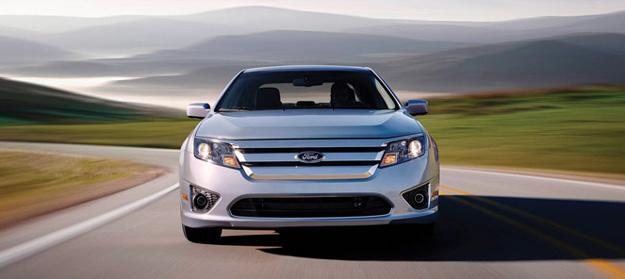
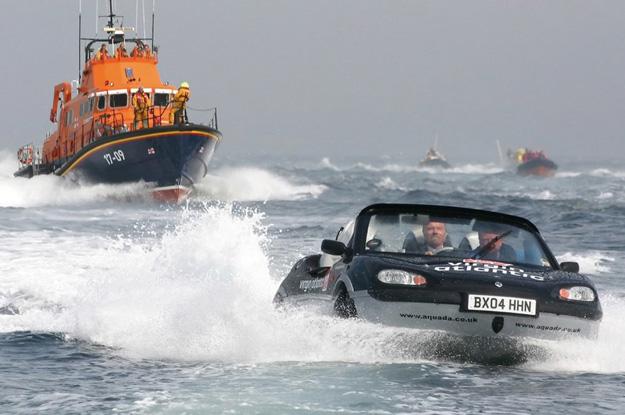
First on the list is Carlos Slim Helu, currently ranked by Forbes as the richest man in the world and worth about $69 billion. When the Mexican telecom tycoon needs to get from point A to point B he hops inside his Bentley Continental Flying Spur, worth a measly $300,000.

Bill Gates
What about American billionaire Bill Gates? While the one-time world’s richest man has been seen driving to and from the Microsoft offices in a Ford Focus, it’s his other ride that has gathered more attention.Back in 1999, then-president Bill Clinton signed into law the “Show and Display” rule, which made certain highly collectible cars exempt from government safety and crash regulations. Gearhead Gates and other car nuts were more than influential in getting the law passed. This allowed Gates the freedom to drive his $225,000 Porsche 959 on the road.

Ingvar Kamprad
Of course you could always take the frugal road like Ingvar Kamprad, founder of furniture giant Ikea — and source of our endless frustration because let’s face it putting together a coffee table shouldn’t be this difficult — and drive something a little more unassuming like a 1993 Volvo 240. We highly doubt he had to put it together himself.
Alice Walton
Alice Walton, daughter of Wal-Mart Founder Sam Walton, and heiress to the Wal-Mart fortune might be the second richest woman in the world, but you wouldn’t know it based on what she drives. Instead of an expensive ride, Alice rolls around in 2006 Ford F-150 King Ranch with a modest value of $40,000.
Prince Alwaleed Bin Talal Alsaud
What would a member of the Saudi royal family such as Prince Alwaleed Bin Talal Alsaud drive? We think a $246,000 Rolls-Royce Phantom is more than adequate.
Michael Bloomberg
Speed is essential in the financial world, which is why data mogul Michael Bloomberg drives around in the ultra-fast Audi R8. The German supercar is able to hit a top speed of just under 200 mph and can sprint from a 0-62 in 3.6 seconds.
Larry Ellison
Oracle founder Larry Ellison is known for being quite the car collector. One of his more rare (read: expensive) cars is the McLaren F1. The center-seated former world’s fastest car can hit a top speed of 231 mph and is one of the most expensive cars on this list at $4.1 million.
Warren Buffet
Warren Buffet is one of the richest men in the world, but he didn’t get there by throwing away all his money. His ride of choice: a $45,000 Cadillac DTS, which he purchased in a show of support for General Motors during the American automakers recent financial crisis and subsequent government bailout.
Mark Zuckerberg
Facebook founder Mark Zuckerberg is one of the wealthiest young men in the world, but the social media magnate drives around in one of the cheapest rides on this list with his $30,000 Acura TSX.Michael Dell
Michael Dell hasn’t done too badly for himself. With a net worth of $15.5 billion, the 47-year old founder of Dell Inc can be seen driving around a 2004 Porsche Boxster. While new Boxter’s can go for as much as $80,000, Dell’s 2004 model can be had for as little as $20,000. It might be time for an upgrade Mike.
Steve Ballmer
Microsoft man, Steve Ballmer is another of the world’s richest men, thanks to Microsoft. But like fellow colleague Bill Gates, opted for a more modest set of wheels. Instead of an ultra-luxurious Bentley or Benz, Ballmer drives around in an environmentally friendy $19,000 Ford Fusion Hybrid.
Sir Richard Branson
Yet another media magnate that enjoys splashing his cash around is Richard Branson. The eccentric British businessman is the founder of the Virgin Group and whose total fortune is worth an estimated $4.2 billion according to Forbes. Never one afraid of operating outside the box, Branson’s eccentricity is perhaps best witness in his choice of vehicle: a $125,000 + Gibbs Aquada amphibious car which he often uses to zip across the English Channel.

